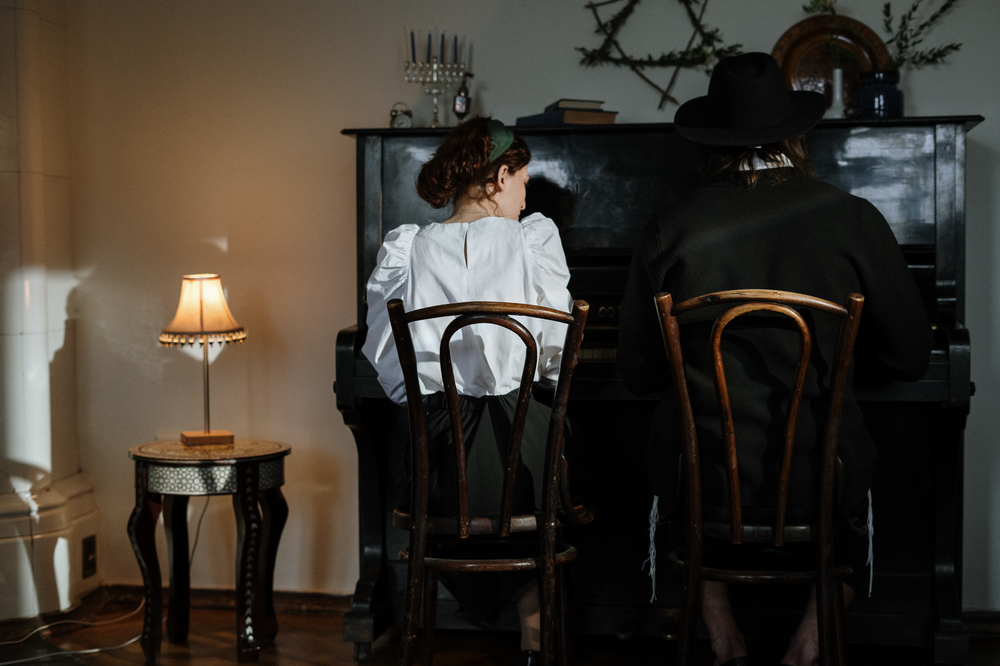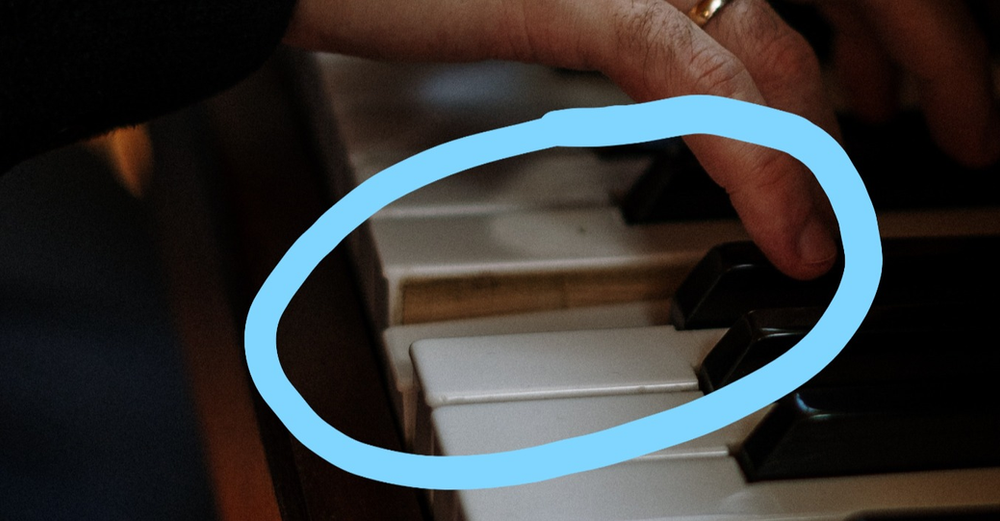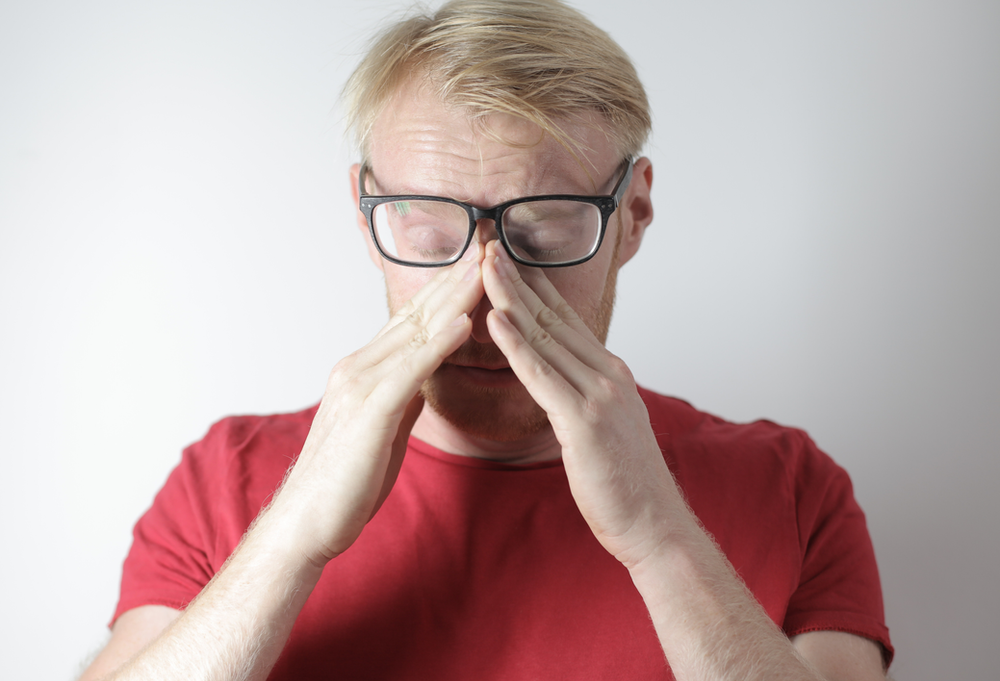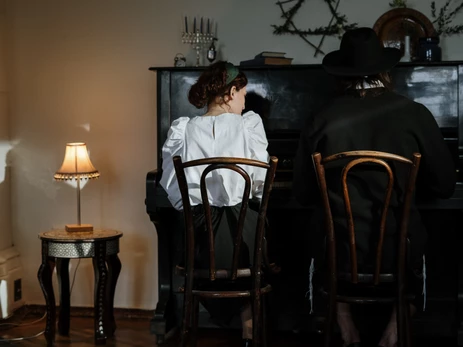Uncategorized
The Riddle of Piano Disinfection
We are next to starting a new stage in this pandemic: the prudent and conscious attempt to come back to this proposed “new normality“.
Many educational organisations, primarily those capable of organizing “classroom-lessons“, are thinking of restarting their activities within the frame of strict hygiene and precaution rules.
,,
What is the situation with one-to-one instrumental or voice sessions?
Our set-up
A one-to-one piano lesson involves:
- A piano used both by the teacher and the student
- A student sat in front of the piano
- A teacher sat between 30 cm to 1 m from the student.

The piano
The piano is made of wood and ivory, in the case of old pianos.
New digital pianos are made of wood and plastic.
Wood is a porous surface, mainly present in the inner or hidden side of the keys.
Wood is a tough surface to clean.
According to:
https://health.clevelandclinic.org/how-long-will-coronavirus-survive-on-surfaces/
The virus survives on wood for 4-days!
The virus survives on plastic for 3-days!
One millimetre gaps separate one key from the other. During the action, the inner side of the key surface comes in contact with the side of the student’s fingers.
The keyboard of the piano offers a huge challenge during the pandemic:
Its proper disinfection.
How do we guarantee that the inner faces of the 89 keys of all our keyboards are properly disinfected? How do we treat the instrument without wetting it?
These are questions which remain unanswered at the current point of time.

The Interaction
The teacher needs to exemplify in the same piano the student plays using his or her hands.
The teacher and the student will talk in front of the instrument. The droplets will fall on the surface of the keys, and the sweat of the hands will be easily shared by:
- The teacher
- The current student
- Possibly the following and previous students.
The teacher will be tempted to check the tension of the student arm and hand by touching the student’s hands.
The Cleaning
The sophisticated keyboard of a piano offers several different unreachable areas that will be left, almost inevitably, not-disinfected in between lessons.
The ideal distance between the teacher and the student
If we try to impose the ideal 2-metre distance between the teacher and the student, the result will be that the face-to-face lessons will become less explanatory that the online sessions.
At least, in the online lessons, the teacher is capable of showing via close-up any movement the student needs to use.
The issue with “Don’t touch your face”

Some of our colleagues have raised the issue of telling students to not touch their faces after touching the keyboard and before washing their hands.
It is almost impossible to guarantee students will be able to avoid touching their faces during the lessons.
If they are children, they can just do it in a second while we, teachers, are writing notes or grabbing a book. Plus, we can’t really physically prevent them from doing so. Can we?
Nevertheless, with very young children, we are responsible for safeguarding them during the lessons. So the next uncomfortable questions would be:
Who would become responsible for the child’s infection?
How can we prove the infection didn’t happen during the piano lesson?
The potential liability linked to the latter question is particularly hard to evade. Mainly, when we are fully conscious of how deficient the disinfection of a piano can be -and we still chose to deliver piano lessons one to one…-
The same applies to adults, we can suggest them not to touch their faces, but at the end of the day, most of the people reflectively do so.
Some colleagues could say:
What happens if the students and us wear facial masks?
Well, eyes would be still uncovered. If we wear spectacles -even if we don’t need them- we can still reach our itchy eyes, the same as the students.
,,,,Conclusion,,
WKMT has taken the decision of staying closed for the time being for face-to-face lessons until we see the development of the pandemic once after the relief of measures take place.
We will continually reassess the situation throughout the coming months with the intention of opening in September or earlier.
However, our online piano lessons are perfectly designed for all those students who would like to continue with their musical education.
Our key concerns are:
- The health of our students
- The health of our teachers
- The health of our students’ and teachers’ families.
Our key expectations to reopen are:
- The creation of a vaccine
- The creation of a treatment
- The confirmed positive herd immunization
On the meantime, we will continue delivering online piano lessons which offer the same facilities as the face-to-face lessons. So far, 90% of our current students are doing so.
,,,,What’s the primary reason for supporting our decision?,,,,

